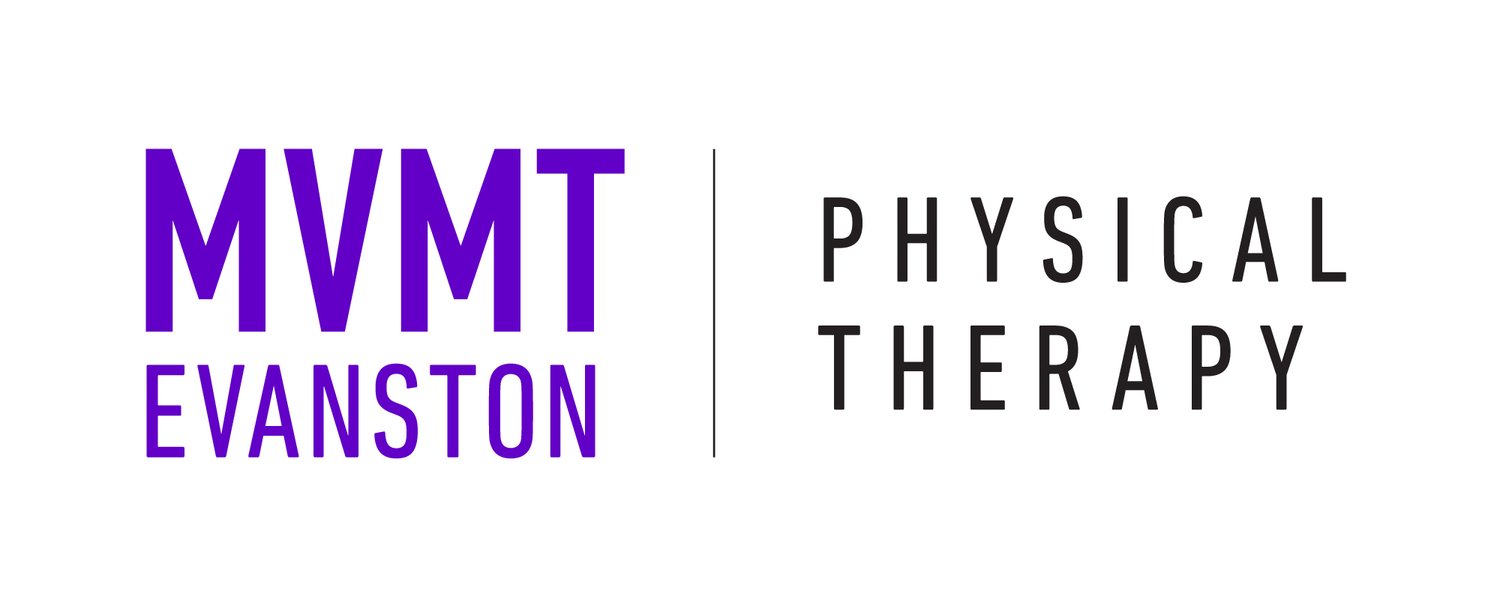Return to Sport: when, what, how?
It was the standard of care to make determinations for return to sport based on tissue healing timelines.
Have you heard "Give it 6 weeks…” or “you can run at 3 months after surgery” or “you can return to sport at 5 months” or, OR, “just do this sheet of exercises and you can go back to the gym”?
Yup, based on tissue healing timelines. Not individualized to you.
Research has teased out some important determinations for return to sport that ultimately set you up for success to return to the sport you love. Whether it’s soccer, baseball, football, hockey, weightlifting, powerlifting - there are objective measures that can help determine return to sport readiness.
Physical therapists can offer return to sport testing in efforts to determine whether your strength is symmetrical, the rate at which you develop force is adequate, or your movement patterns are efficient and reactive enough for sport. Heck, simply being confident in how you move and the trust you have in your body makes a difference.
So when do you go back to sport?
Typically when you have a “limb symmetry index” of 90%, whether looking at force production or performance on movement tests.
So what do you do to determine readiness for sport?
There are considerations that are sport specific, ie for baseball, having a ratio of external rotation to internal rotation strength of 66-81% on the throwing arm, or, having a total arc of motion of external rotation to internal rotation of greater than 170 deg.
So how do you make recommendations on return to sport?
Sometimes it’s as simple as “you passed all of these tests!” and you can release an athlete to full participation. Other times, a graded return to sport is indicated as well, ie play without contact, and then retest at a later date for full sport participation.
If you are curious whether you or your athlete is ready for sport, feel free to email me at:
Overhead athlete performing dynamometry testing to determine readiness to return to throwing.


